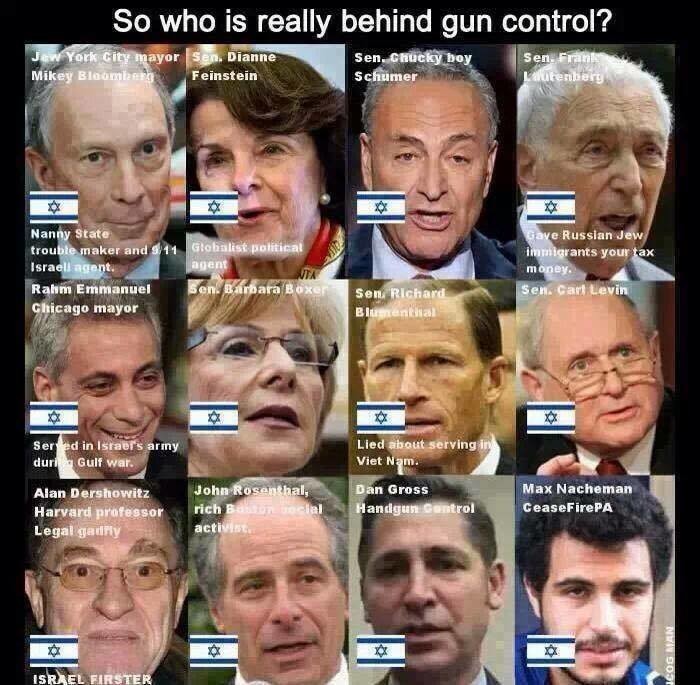Political hate: anti-Semitism on campaign trail
The Southern Poverty Law Center (SPLC) recently issued its annual report on hate in America. Mark Potok, the editor of the report, noted that there is “enormous rage in the electorate, the growth of hate groups, and also hate speech in mainstream politics to an extent that we have not seen in decades.”
The SPLC reported a 14-percent increase in the actual number of hate organizations; the increase in such types of groups grew from 784 in 2014 to 892 in 2015. Hate groups are classified as organizations whose speech “maligns or demeans” an entire group of people.
According to the report, “hate speech” included Republican presidential candidate Donald Trump’s statements on how illegal immigrants, particularly Mexicans, are more likely to be rapists; Trump’s proposal to ban Muslim immigration to America; his tweets that echo racist propaganda; and his retweeting of white supremacists’ posts. The SPLC said that all of these statements caused Trump to receive “glowing endorsements from white nationalist leaders.”
As a result of immigration and globalization, a major demographic transition is taking place within this country. According to the U.S. Census Bureau, by 2043, no one ethnic or racial group will comprise the majority. This factor is in part creating a significant backlash among certain groups of white Americans, who are fearful of a fundamentally different type of American society.
In the current landscape of the 2016 presidential campaign, one finds angry working-class voters who feel uncertain about the future of America being attracted to candidates who seek to place the blame for this nation’s problems on foreigners and various governments across the globe. Their anti-immigrant messages and obvious distaste for Muslims have fueled the airwaves and served as a centerpiece for their political campaigns. The populist rhetoric calling for the removal of particular groups of people and returning America to its greatness can be found on various websites and through social media messaging.
Implications for the presidential campaign

 50.0°,
Overcast
50.0°,
Overcast 




